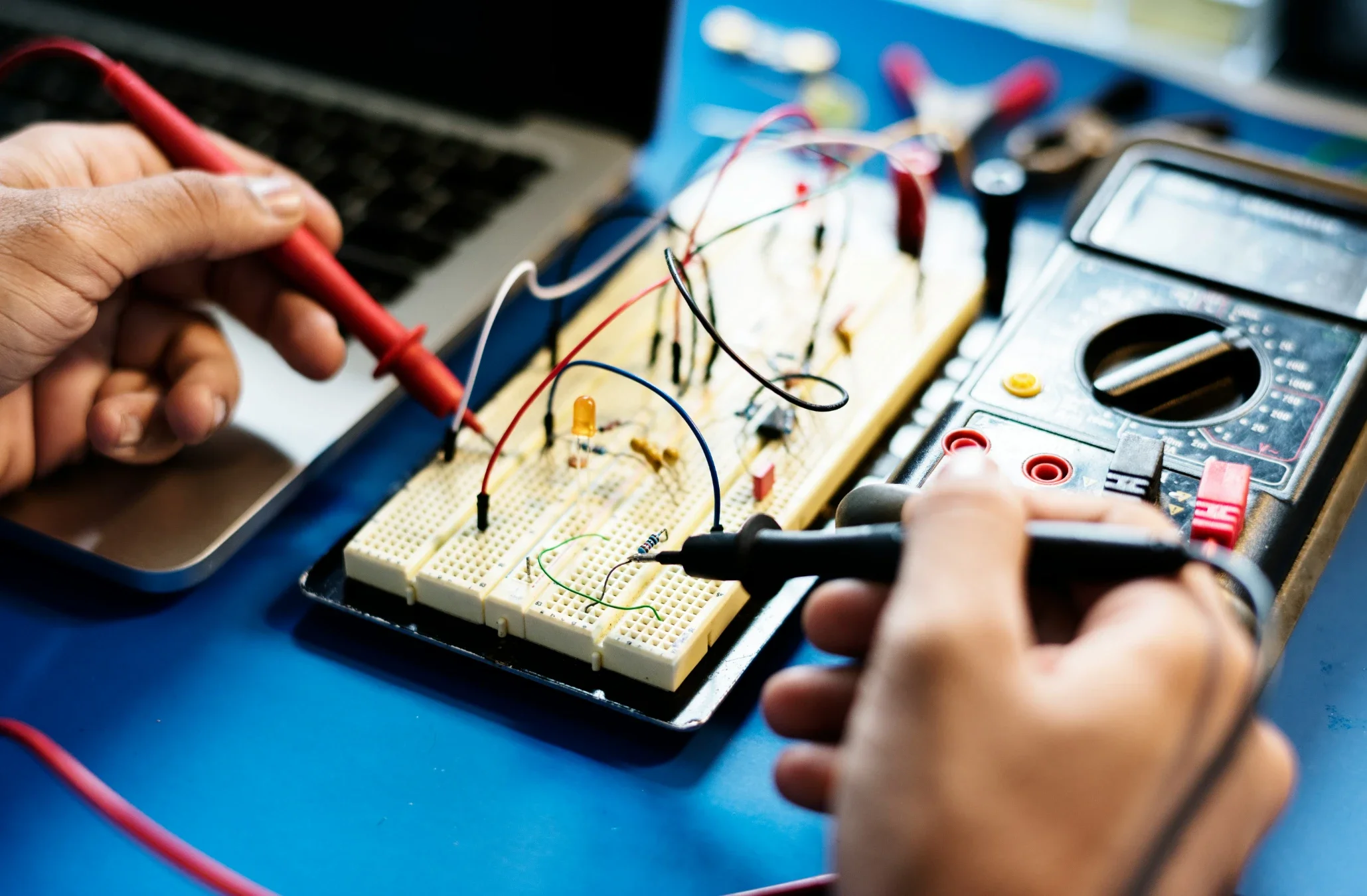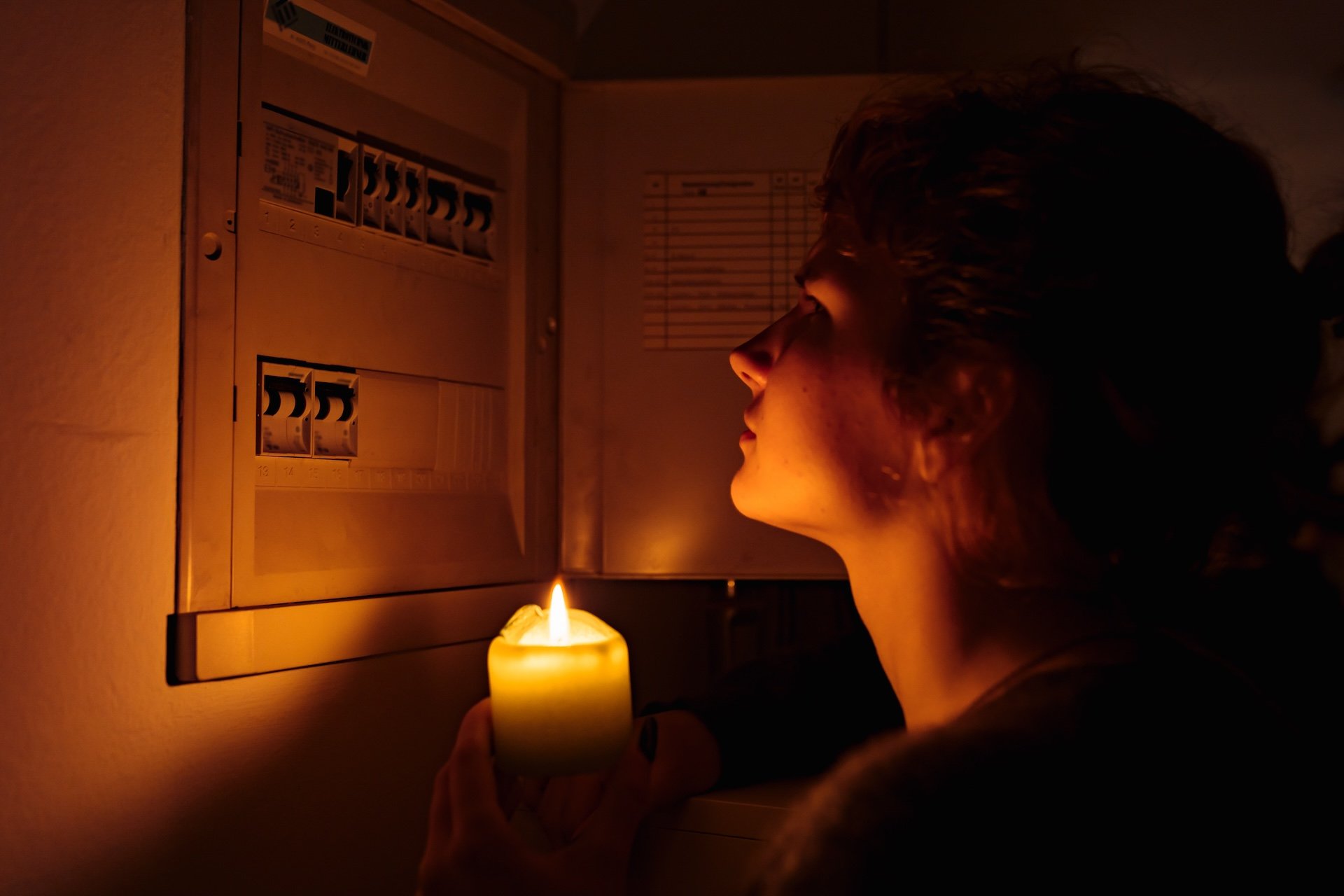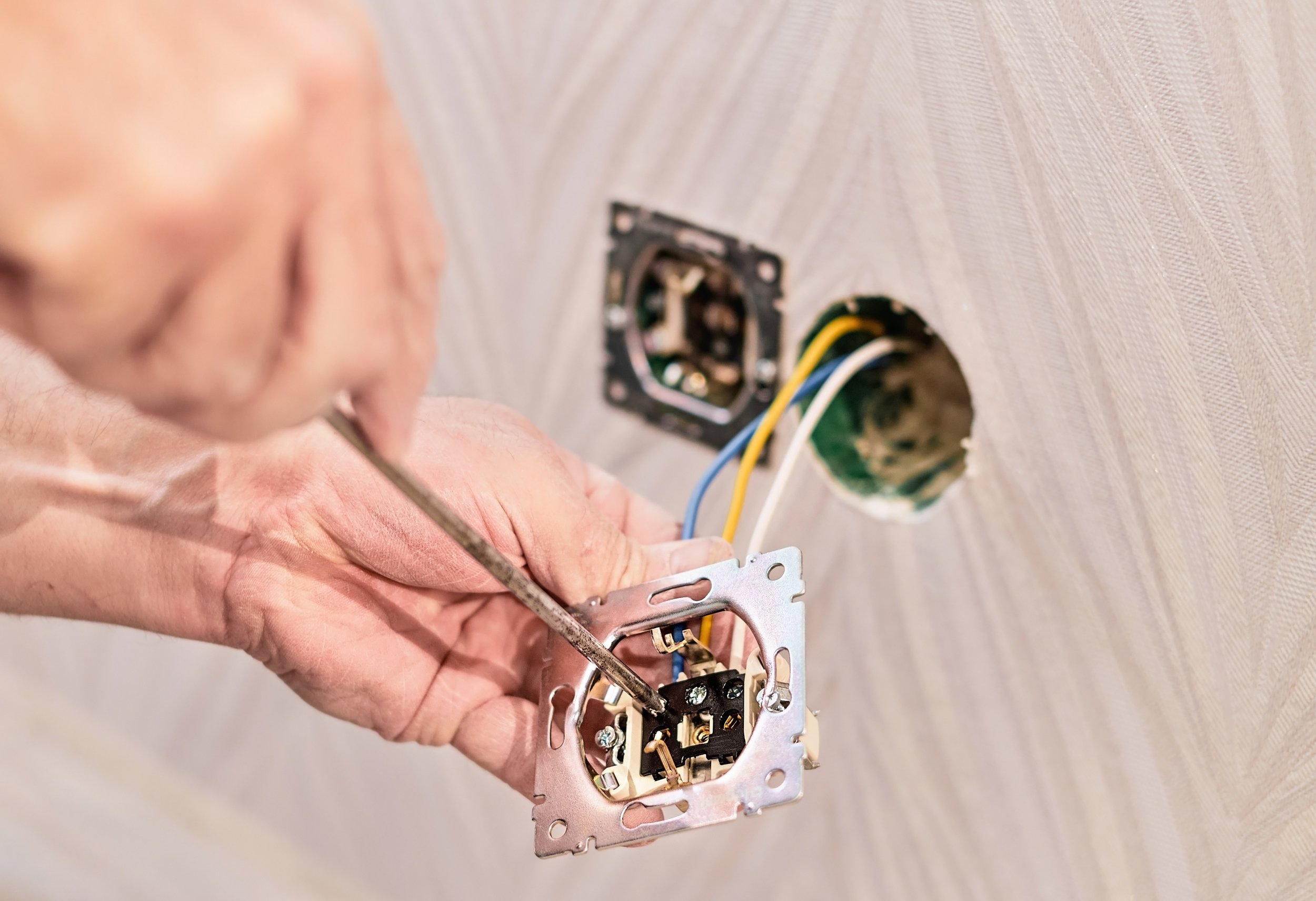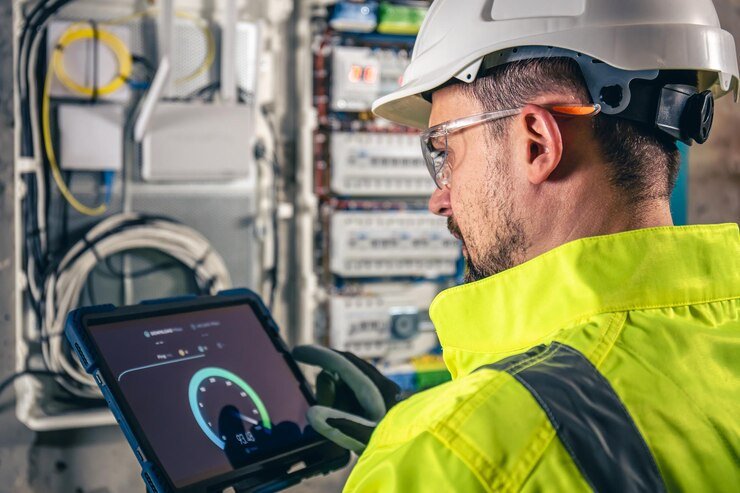Don’t Get Left in the Dark: How to Prepare Your Home for Power Outages
Be ready for blackouts with smart tips to keep your home safe, lit, and functional during power outages—don’t get left in the dark.
Power outages can happen unexpectedly due to severe weather, equipment failures, or even high demand on the electrical grid. When the lights go out, being unprepared can lead to inconvenience, discomfort, or even danger. To avoid being left in the dark, it’s essential to take proactive steps to ensure your home is ready for a power outage. In this guide, we’ll cover practical tips to help you prepare, including when to call a professional electrician for assistance.
Why Prepare for a Power Outage?
Power outages can last anywhere from a few minutes to several days, depending on the cause. Without electricity, you may lose heating, cooling, lighting, and the ability to cook or store food safely. In extreme cases, medical devices may stop working, putting vulnerable individuals at risk. By preparing in advance, you can minimize disruptions and keep your household safe and comfortable.
Essential Steps to Prepare Your Home
1. Assemble an Emergency Kit
Every household should have a well-stocked emergency kit that includes:
Flashlights and extra batteries (avoid candles, which can be a fire hazard)
Portable phone chargers or power banks
Battery-powered or hand-crank radio for updates
First-aid supplies
Non-perishable food and bottled water (at least a three-day supply)
Manual can opener
Blankets and warm clothing
2. Install a Backup Power Source
For extended outages, consider investing in a backup power solution:
Portable generators – Provide temporary power but must be used outdoors to prevent carbon monoxide poisoning.
Standby generators – Automatically kick in when the power goes out, but require professional installation by a licensed electrician.
Uninterruptible Power Supply (UPS) – Keeps essential electronics running for a short time.
Safety Note: Improper generator use can be deadly. Always follow manufacturer instructions and consult an electrician for proper installation.
3. Protect Your Electrical System
Power surges when electricity is restored can damage appliances and electronics. To prevent this:
Use surge protectors for sensitive devices like computers and TVs.
Install a whole-house surge protector (a job for a qualified electrician).
Unplug electronics during an outage if possible.
4. Know How to Manually Operate Your Garage Door
If your garage door runs on electricity, learn how to open it manually in case you need to leave during an outage.
5. Keep Your Fridge and Freezer Cold
Avoid opening the fridge/freezer unnecessarily to preserve food.
Use ice packs or block ice to extend cooling.
Know the food safety rules: Discard perishable food if the power is out for more than four hours (or two hours for the freezer if not fully packed).
6. Have Alternative Lighting and Heating Options
LED lanterns are safer and longer-lasting than candles.
Solar-powered lights can be recharged during the day.
Safe heating alternatives (e.g., a fireplace or kerosene heater) – Ensure proper ventilation to avoid carbon monoxide buildup.
7. Stay Informed
Sign up for local emergency alerts via text or email.
Keep a list of emergency contacts, including your utility company and a trusted electrician.
When to Call an Electrician
While some power outage preparations can be DIY, certain tasks require a professional electrician to ensure safety and compliance with electrical codes. Call an electrician if you need:
- Generator installation – Proper wiring prevents backfeeding, which can endanger utility workers.
- Electrical panel upgrades – Older panels may not handle backup power safely.
- Whole-house surge protection – Protects all appliances from voltage spikes.
- Troubleshooting persistent electrical issues – Frequent outages or flickering lights could indicate a wiring problem.
Final Thoughts
Power outages are unpredictable, but your response doesn’t have to be. By taking these steps—assembling an emergency kit, securing backup power, and consulting an electrician when needed—you can keep your home safe and functional during an outage. Don’t wait until the lights go out; start preparing today!












